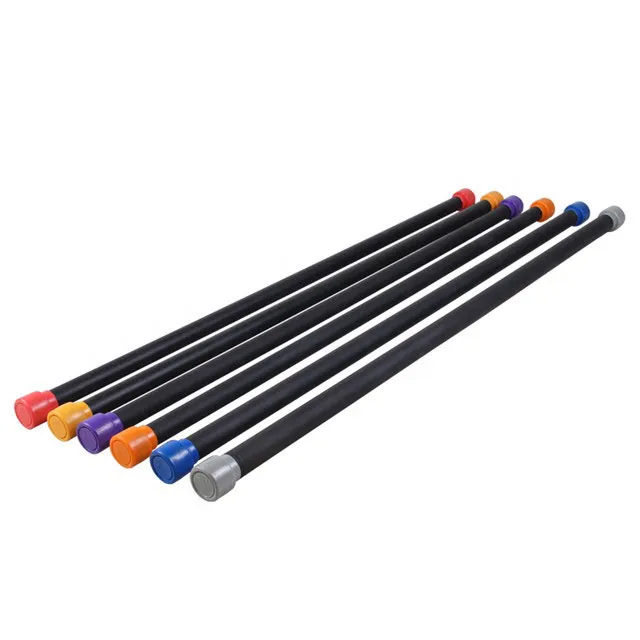What is the best material for a barbell?
2024-09-18
The best material for a barbell depends on the intended use, but generally, steel is the most popular and durable material for high-quality barbells. Here are the key materials used in barbells and their advantages:

1. Stainless Steel
- Pros: Highly resistant to rust and corrosion, strong, and provides a smooth finish. Stainless steel barbells also offer a good grip due to their naturally textured surface.
- Best for: Those who want a low-maintenance barbell for both indoor and outdoor use.
2. Carbon Steel
- Pros: Extremely durable and strong, making it perfect for heavy lifting. Carbon steel barbells often have a high tensile strength, allowing them to withstand heavy loads without bending.
- Cons: More susceptible to rust if not properly cared for, especially in humid environments.
- Best for: Competitive lifters and those focused on strength training.
3. Chromoly Steel (Chromium-Molybdenum)
- Pros: Known for its toughness and resistance to fatigue, chromoly steel combines strength and flexibility, allowing for a barbell that can take repeated heavy use without breaking.
- Best for: Powerlifting and Olympic weightlifting.
4. Aluminum
- Pros: Lightweight and affordable. Aluminum barbells are often used for beginners or for practicing Olympic lifts.
- Cons: Less durable and can’t handle heavy weights like steel.
- Best for: Beginners, technique training, or youth lifting.
5. Zinc-Coated Steel
- Pros: The zinc coating provides protection against rust and corrosion, extending the lifespan of the bar.
- Cons: The coating can wear off over time, especially with frequent use.
- Best for: Home gyms or areas where humidity is a concern.
For serious lifting, stainless steel or carbon steel are usually the best choices due to their durability and strength. For general use or beginners, aluminum or zinc-coated steel may suffice.
























































